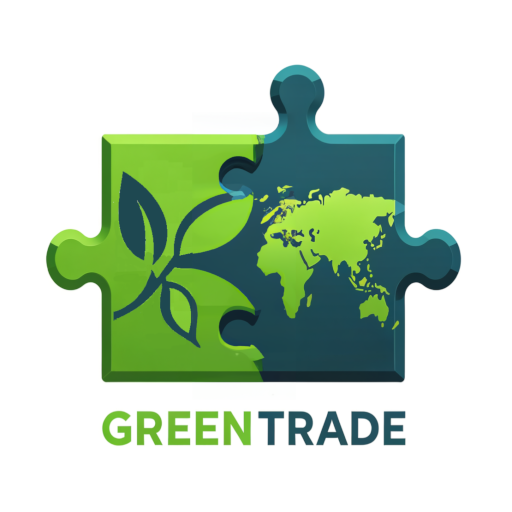Topic 3: Trade agreements and trade in green goods: a firm-level analysis using Austrian register data
Objective
An analysis of the impact of environmental provisions in trade agreements on trade at the sector level or even at the more disaggregated product level may mask important heterogeneity of responses at the individual firm level. High performing or large firms may be in a better position to adapt to new regulation related to such provisions than less productive or smaller firms even within narrowly defined product classes. So far, there is very little evidence that links trade responses to EPs in PTAs to firm level characteristics. In Topic 3 we intend to close this gap and to document the heterogeneity in the response of exporters to EPs in PTAs.
Heterogeneity of responses at the firm level may also help to explain the potential ineffectiveness of such provisions in boosting trade of green products found in studies at the more aggregate level (Shapiro, 2021). Other ongoing research (Sweden – NBTS, 2023; Netherlands – Statistic Netherlands (2023) suggests that such provisions are rather ineffective in changing the structure of trade towards greener products.
Methodology
A firm-level (structural) gravity model in the spirit of Topic 1 and Topic 2, but accounting for firm-level heterogeneity and the unbalanced bilateral structure (only trade of Austrian firms) with different types of environmental provisions will be estimated. Firm characteristics used in the analysis will include the industry of activity, firm size, multi-nationality status, firm productivity measures via labor productivity or total factor productivity (TFP).
Data
Firm-level data on the value of exports and imports as well as production will be sourced from the Austrian Micro Data Center (AMDC) at Statistics Austria. This will involve data from the Austrian foreign trade statistics for intra-EU trade (Intrastat) and for extra-EU trade (Extrastat) as well as data from the Structural Business Survey data. The resulting merged dataset thus combines information from different Austrian official registers.
Information on EPs in PTAs is obtained from TREND database in combination with the collection of trade agreements as well as their depth from the Design of Trade Agreement (DESTA) data. Different types of EPs will be classified as on the first two topics. The classification of green and dirty products according to their emission intensities follows from Ederington et al. (2022).
